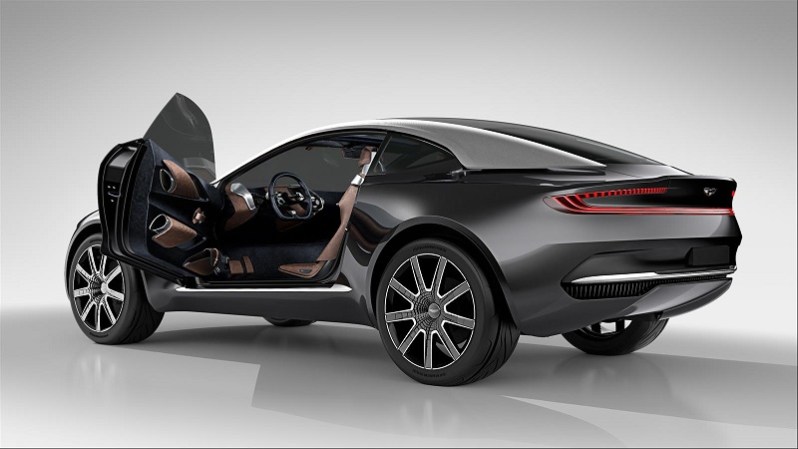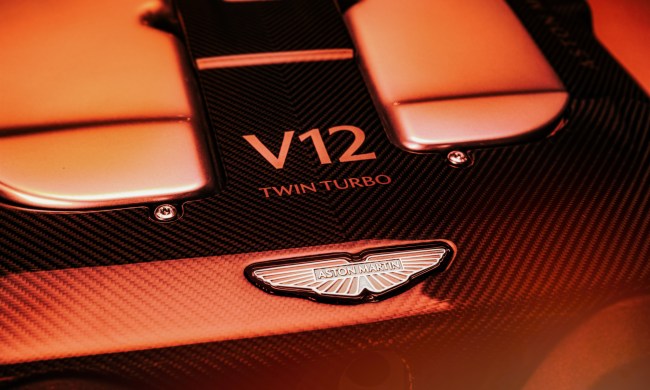It’s been a few years since Aston Martin showed off its DBX Concept – a preview of the UK luxury manufacturer’s first crossover model. After securing almost $275 million in funding, we’ve been awaiting news of the vehicle’s production date. At last, we have it: 2019.
In addition to announcing the DBX on sale date, Aston Martin revealed more details about the vehicle in an interview with Autocar. CEO Andy Palmer says that in contrast to the upcoming super-lux crossovers from Rolls-Royce and Lamborghini, and the already released Bentley Bentayga, the production DBX, “has not sacrificed any beauty to achieve its practicality or performance.”
A crossover has been on Palmer’s mind since the moment he joined Aston Martin in 2014, and he’s been in a hurry to get the high rider to production. Compared to the concept, the road going model will reportedly take on a four-door body, have a higher roof-line, and will tone down some of the front-end drama.

Based on the DB11’s aluminum architecture, the DBX will be powered by a choice of twin-turbocharged engines. Entry level DBX crossovers will use Mercedes-AMG’s 4.0-liter V8 good for 503 horsepower and 498 pound-feet of torque. Upscale DBX models will gain Aston Martin’s new 5.2-liter V12 pumping out 600hp and 516 lb-ft of torque. Both engines are shared with the DB9-replacing grand tourer.
In addition to the high-output motors will be a hybrid mill, reportedly pairing the AMG V8 with one to three electric motors for a total of up to 800hp. Though the DBX will gain a bit of weight from the batteries, the hybrid version should be the quickest configuration.
The DBX will arrive in conjunction with several new and updated Aston Martin vehicles – all due before 2020. Among the new models will be a redesigned Vantage sports car. To maintain exclusivity, Aston Martin will cap model production to 7,000 units per year.


